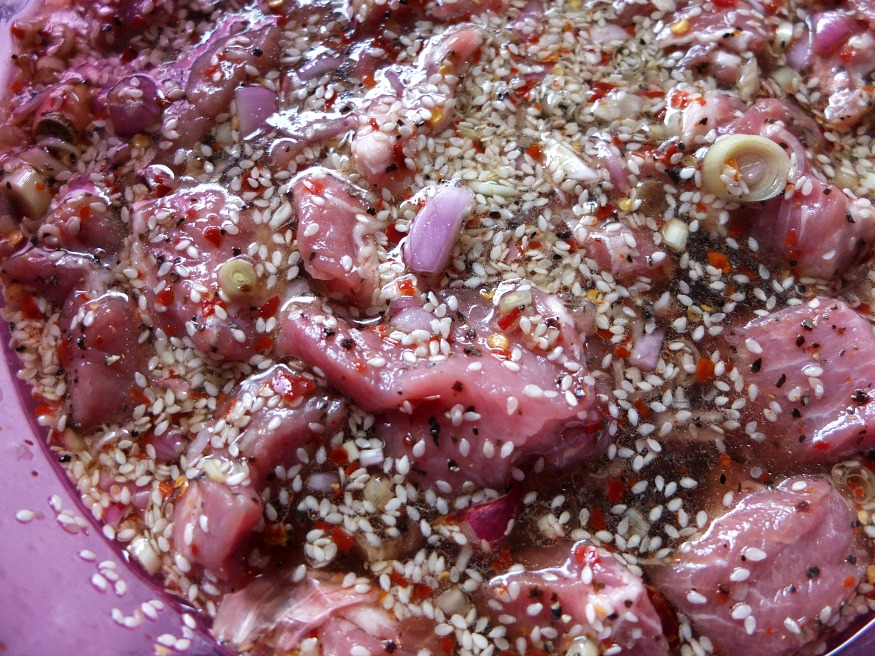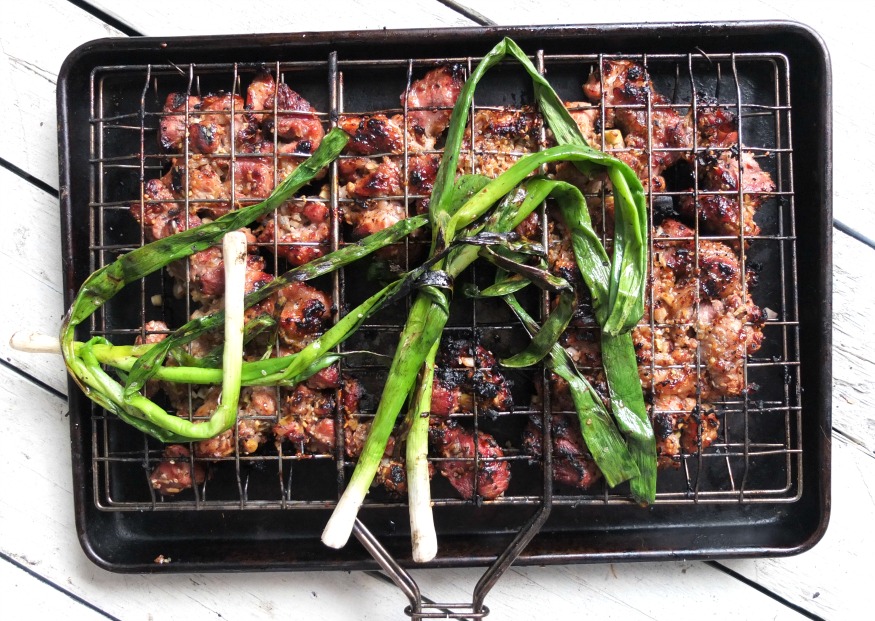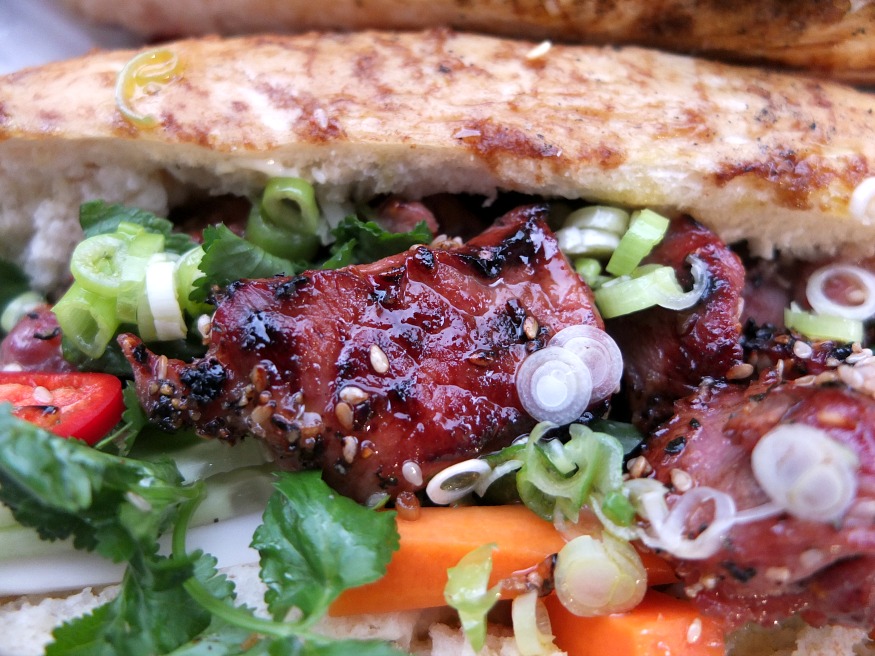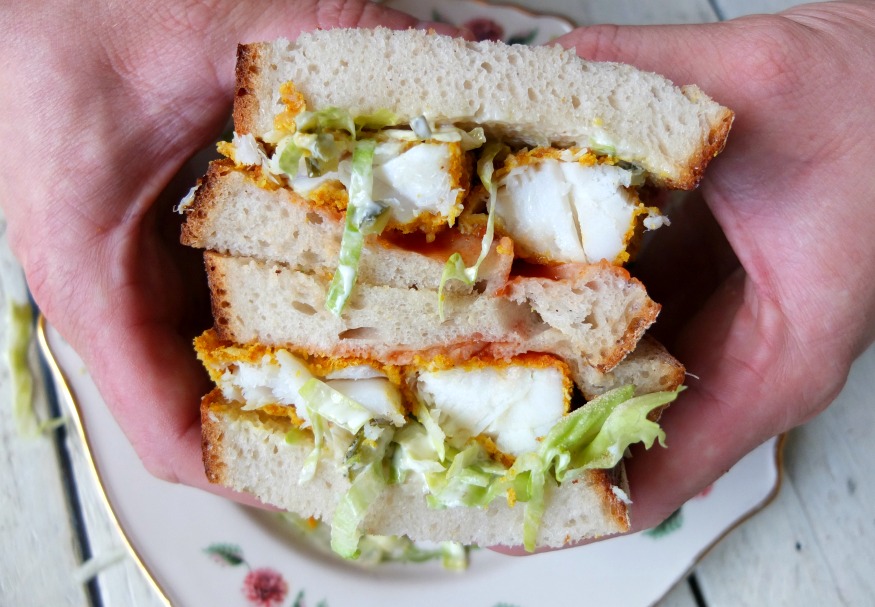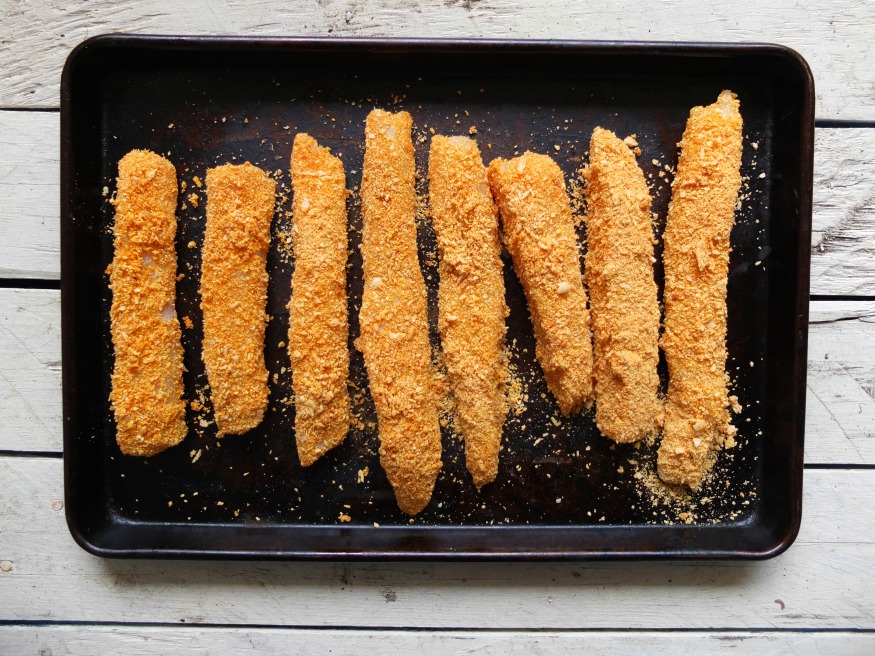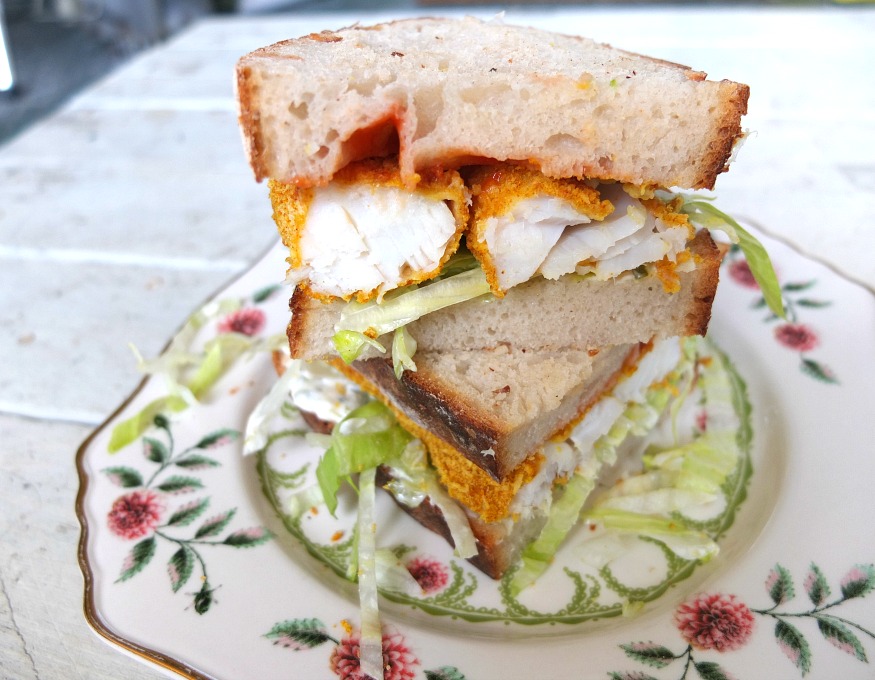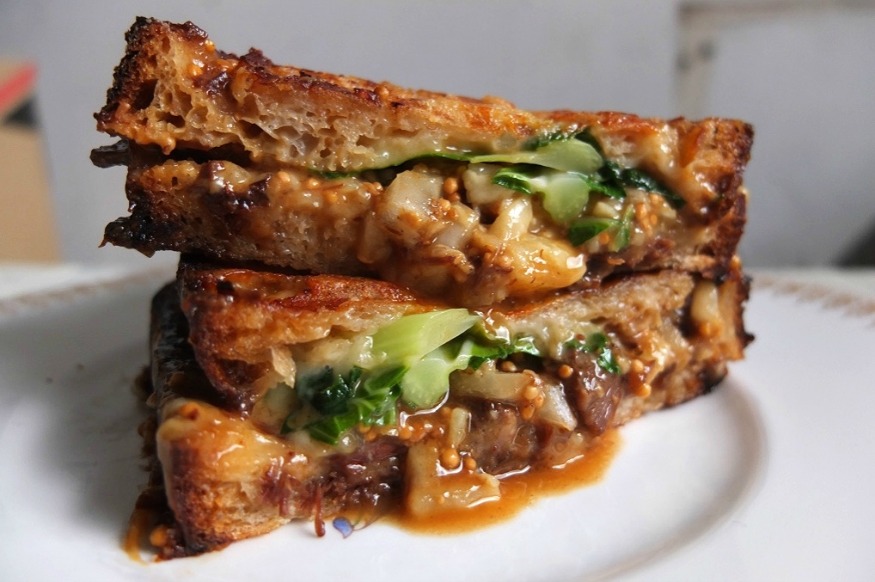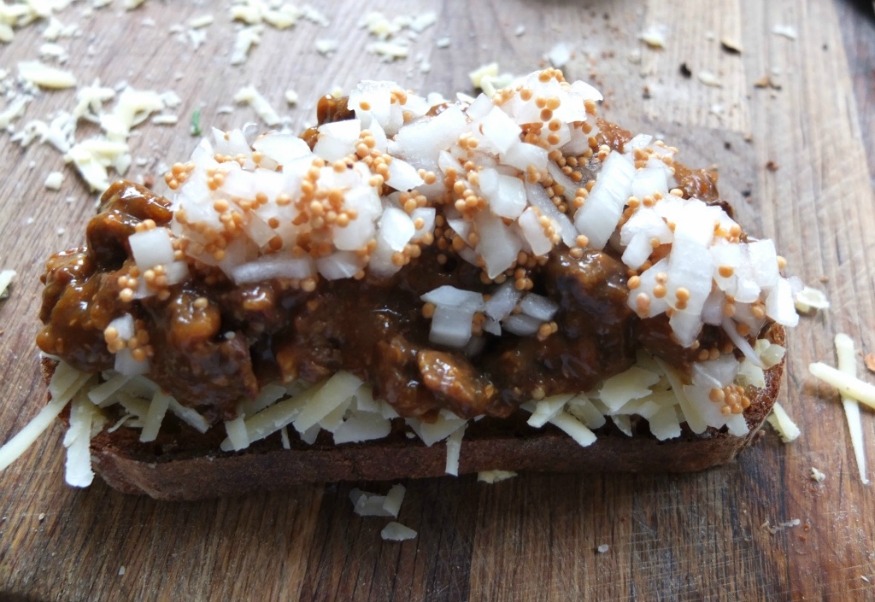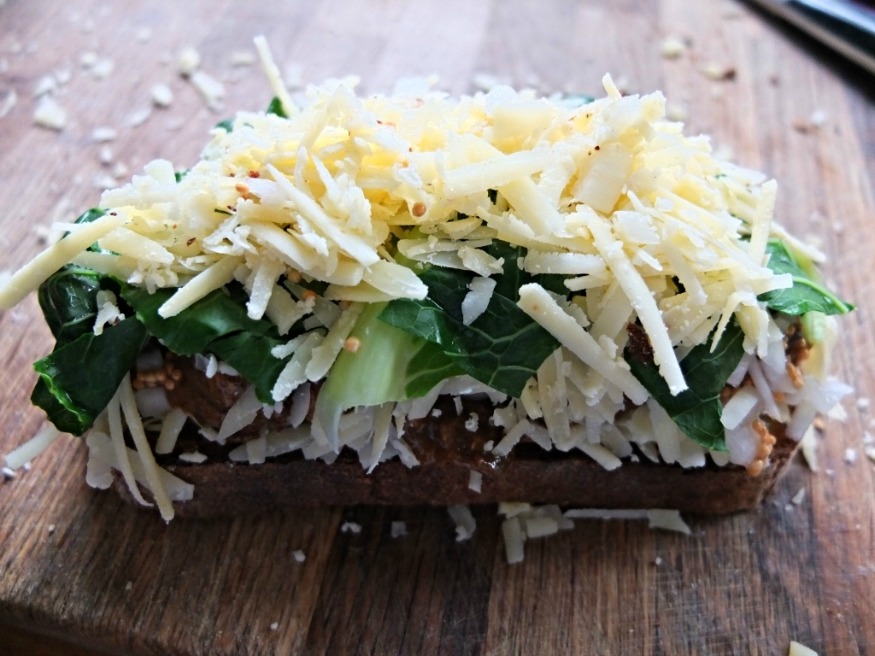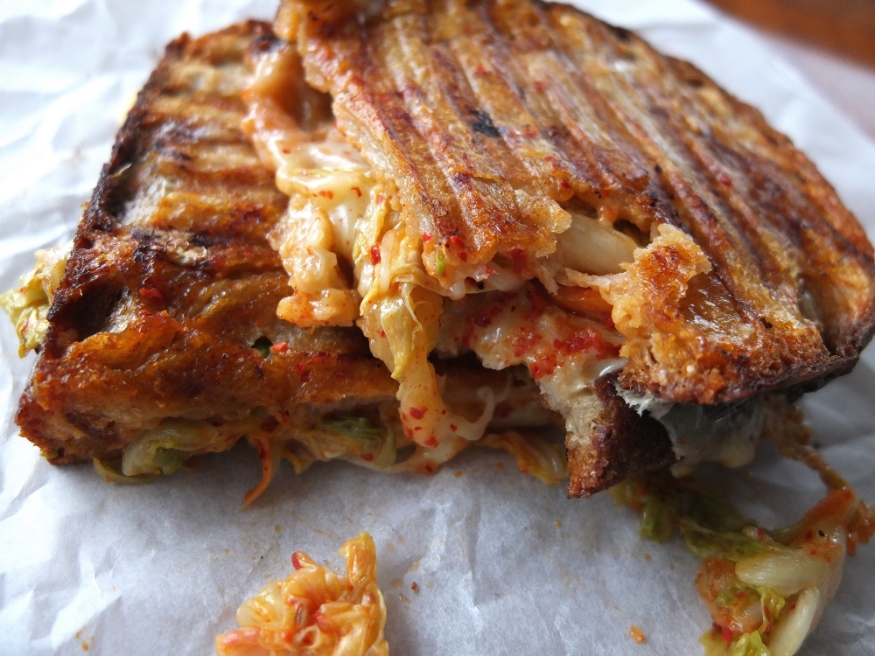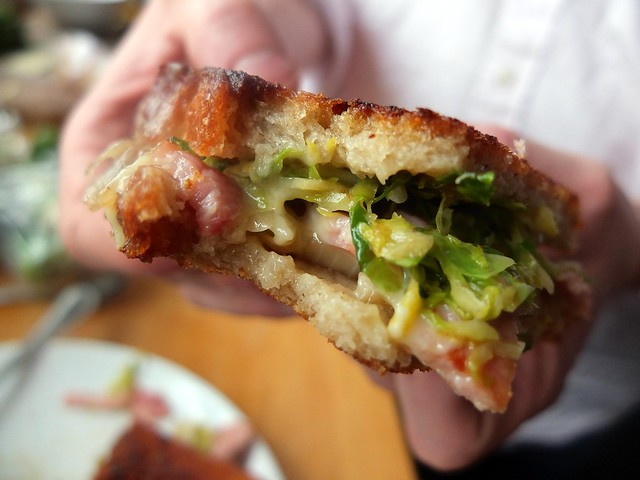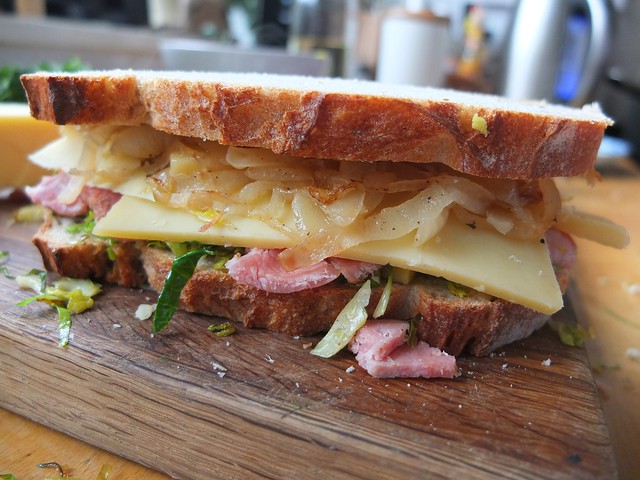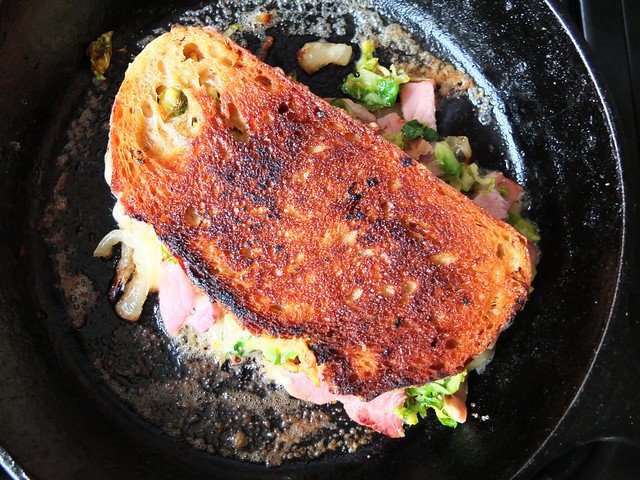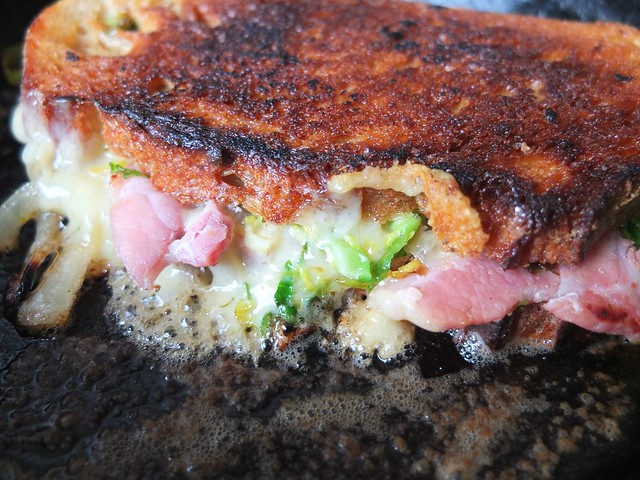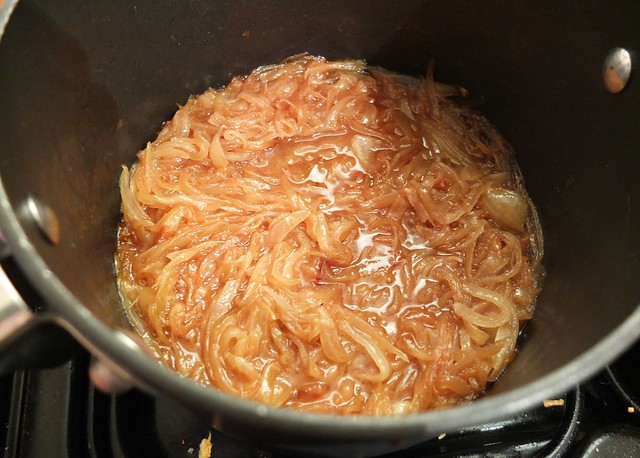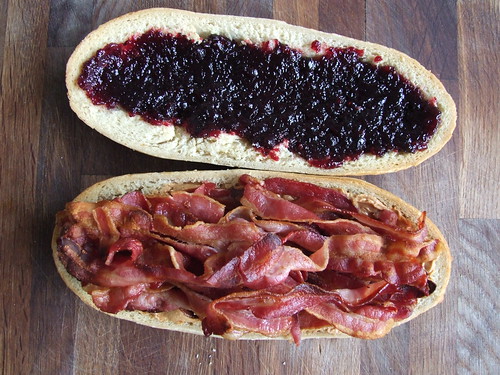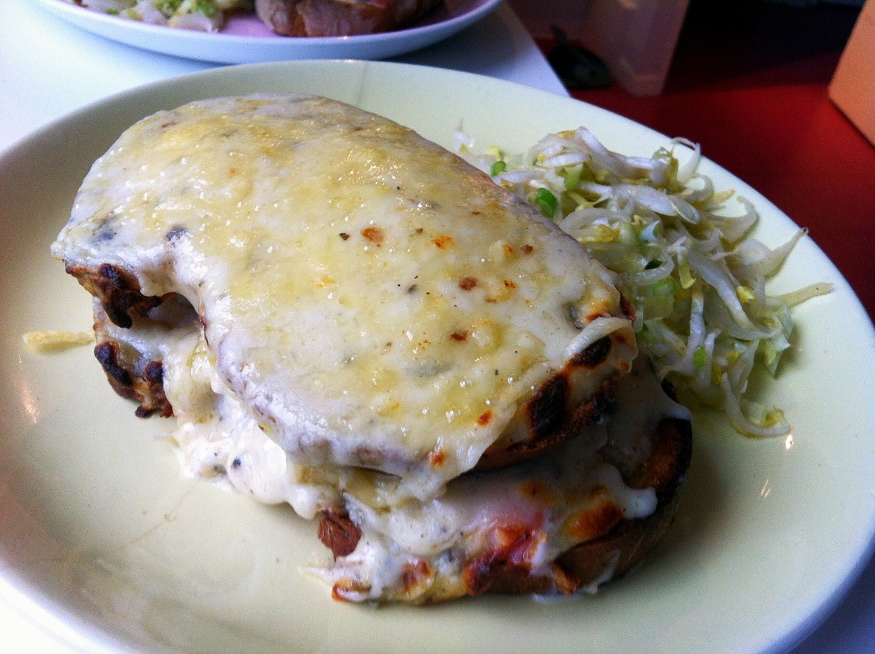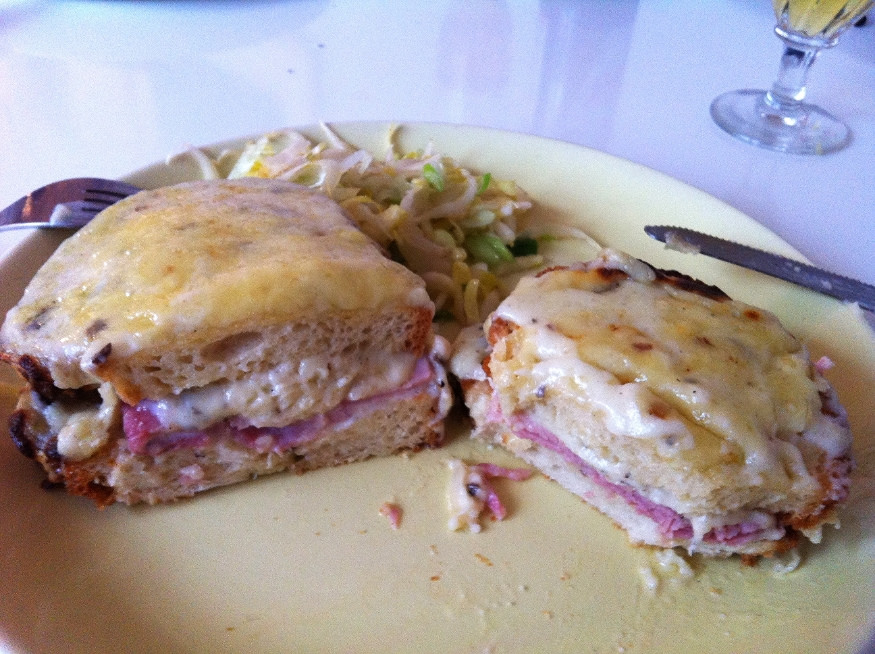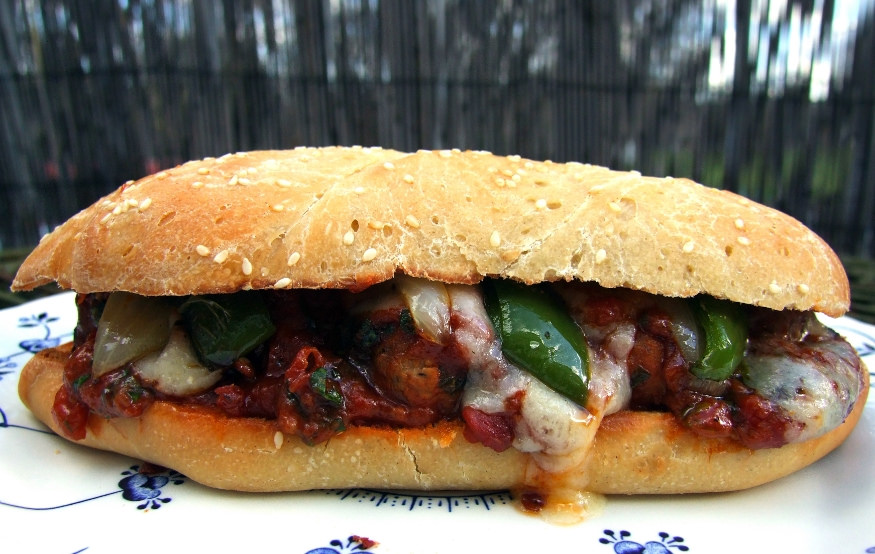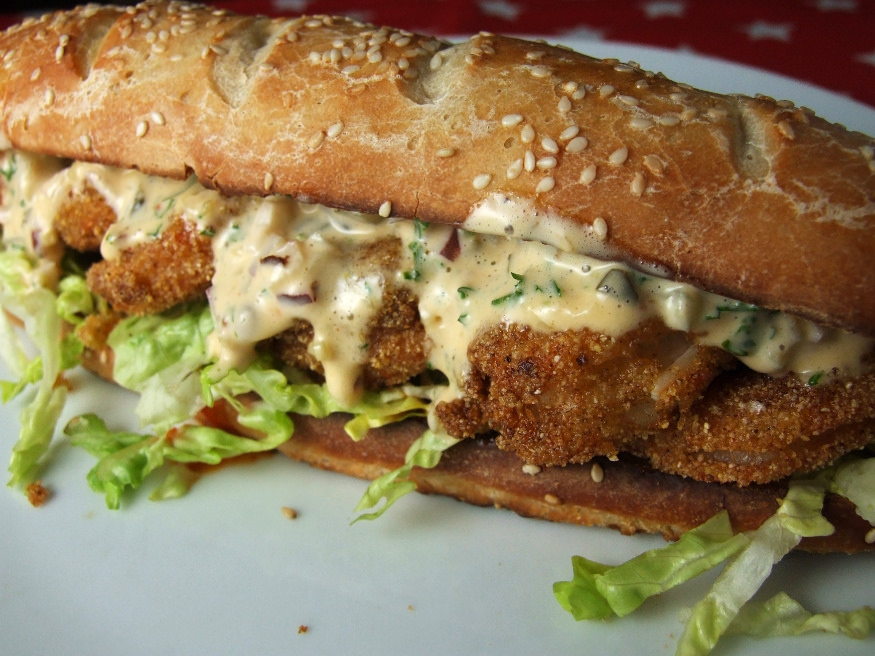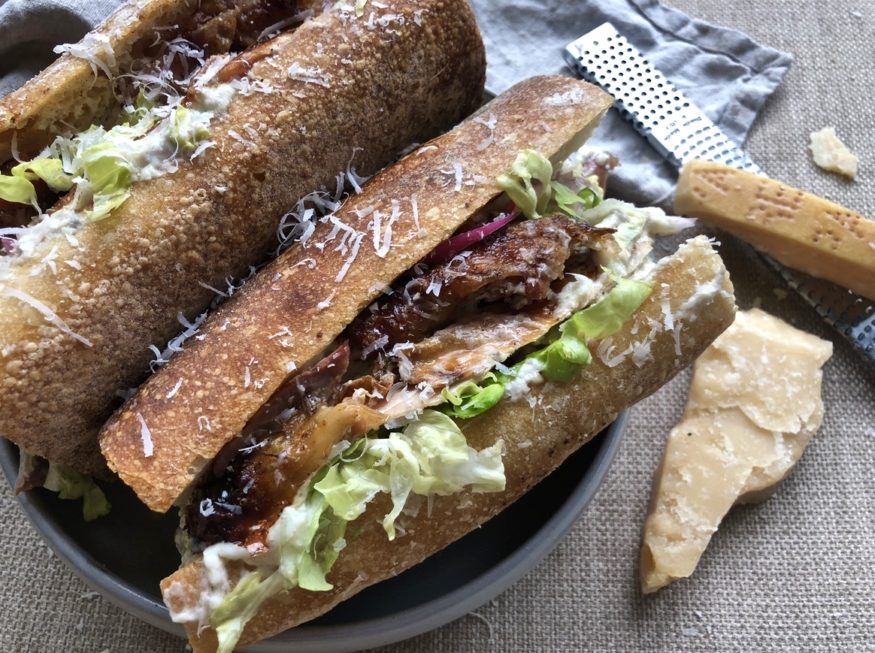
Some of you come here for the sandwiches. I know this because I’ve started doing supper clubs and I actually get to meet you guys. It’s brilliant fun, and I’ve found you’re not shy about telling me what you like/don’t like/miss about this site. A topic that has come up a few times now is my lack of sandwich updates.
This one’s for you, sandwich lovers.
You’ll find plenty on here already, including several banh mi, fish finger, sabich, some excellent toasties and more left-field experiments like 19th Century curry sandwiches and the Fool’s Gold Loaf. This time, I obviously wanted to show off the flavour of Parmesan, and my mind immediately jumped to the idea of updating a modern high street classic: the chicken Caesar.
I swapped chicken with crisp-skinned (so crisp-skinned) barbecued guinea fowl because it has such great flavour and – thanks to the grilling – a lush smokiness. Then it’s all about the dressing. Caesar has huge flavours and they need to be even more so to work with grilled meat in a sandwich. This is essentially a smoosh of cheese, anchovies and garlic made spreadable with yoghurt and mayo and I am entirely happy with that. In fact, I had to keep myself from swiping the lot with my finger before it even made its way onto the bread.
The rich, complex flavour of Parmesan strides boldly to the forefront of this sandwich. We have monks to thank for inventing this hard cheese around 900 years ago – they wanted to make a cheese that could last a long time, which is how they ended up with a distinctive, hard, dry cheese that works so well grated. It is aged for a minimum of 12 months, becoming fully mature at 24 months, and continuing to develop through to 40. The Parm I’ve used for this recipe was aged for 24 months so it had time to develop all the wonderful nuttiness that makes it one of the world’s greats. It brings a lot of umami and richness too, which means the pickled red onions are essential. Don’t skip them.
And I suppose I should also warn you that once you’ve tried this, you’ll never be able to go back to the high street version. Sorry (not sorry).
Guinea Fowl Caesar Baguette Recipe
1 baguette
1 guinea fowl
Crisp lettuce, finely shredded
For the dressing
4 cloves garlic, crushed
Pinch salt
5 anchovy fillets
100g grated Parmigiano Reggiano (the weight after grating)
2 tablespoons olive oil
Juice ½ lemon (but reserve the other half)
3 tablespoons natural yoghurt
2 tablespoons mayo
Quick pickled red onions
1 red onion, sliced
White wine vinegar 150ml
2 teaspoons sugar
1 teaspoon fine salt
Prepare the barbecue for indirect cooking.
Spatchcock the guinea fowl by cutting down either side of the backbone with a sturdy pair of scissors. Remove the backbone then turn the bird over and flatten it out.
Rub with a little oil and season well. Cook offset on the barbecue for around 30 minutes, turning over halfway through.
To make the onions, just mix the sugar, salt and vinegar until dissolved and add the onions. Set aside while the guinea fowl is cooking.
In a pestle and mortar, bash up the garlic with a pinch of salt. Add in the anchovy fillets and mush them up too. Add about half the cheese, mush it up then add the yoghurt and mayo. Stir in the rest of the cheese, plus the oil and lemon juice. Check for seasoning and balance – add more lemon juice or some black pepper if you want it.
Spread the baguette with plenty of dressing, then add lettuce, guinea fowl meat and plenty of pickled onions. Grate a little extra Parmigiano Reggiano on top!

